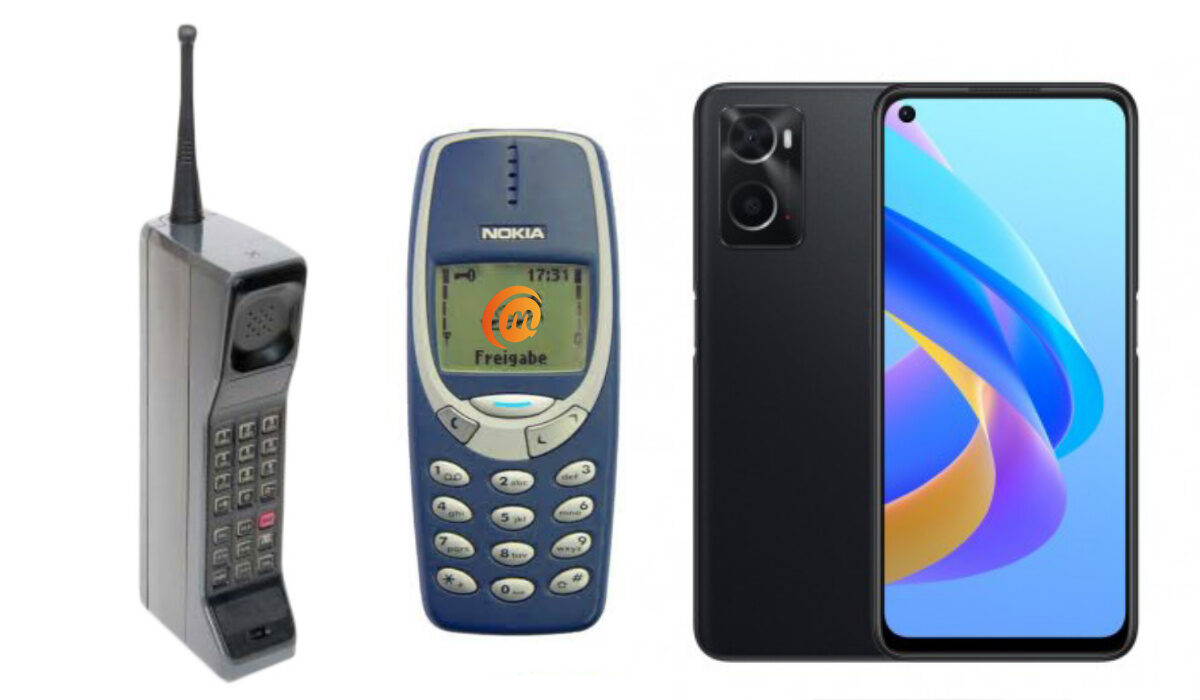Why are mobile phones and handsets also sometimes called cellular phones, cellphones, or cell phones? Wireless telephone services transmit using antennas and dishes on towers. Mobile telephony is an extension of that. Consider each tower as a cell. Each network is made up of multiple cells. In order for mobile telephony to work, as you drive around the city while using your mobile phone, the network hands you from one cell (tower) to another. This is the concept of cellular network architecture, and it is for this reason that mobile phones and smartphones are called cellular phones, cellphones, or cell phones.
Where are the terms, cellphone, cell phone, and cellular phone used?
North America is where these terms are widely used. Elsewhere, you will hear people refer to these same devices as mobile phones, mobile handset, and handy phone. They are all references to the same thing.
Each mobile network or wireless carrier has a network of cell sites (also called cells, base stations or network towers). Each cell site has a limited area of coverage, usually between 20 miles (32.19 kilometres) and 40 miles (64.37 kilometres). When using your mobile phone or smartphone, once you approach the fringes of your current cell site, the network begins to negotiate handing your device over to the next site. It does this, so you do not lose coverage and have your ongoing telephone conversation or Internet connection terminated. This is how mobile networks function.
As wireless technology improves, the capacity and range of cell sites also change. New technologies allow network towers to provide wider range for mobile users. New technologies also allow for more features, greater capacity, and faster speeds. For example, mobile networks started with just voice calls, then added text, dial-up Internet, then packet data (GPRS, EDGE, 3G, 4G, 5G, etc), then MMS, etc, etc.
Speaking of capacity, each network tower has a maximum number of subscribers that can be active at any time. Network congestion happens when there are more subscribers trying to use the tower at a specific location. As newer technologies are developed, cell sites are able to do more. Another example is 5G, which brings much faster Internet speeds to subscribers.

How is a smartphone different from a cell phone?
A smartphone is a type of cell phone. More specifically, it is a type of advanced cellphone. The terms, mobile phones, cellular phones, cell phones, and cellphones, are interchangeable.
Should I say cell or mobile?
Americans tend to use the term, cell phone, while the British and most of the rest of the world simply call them mobile phones. Other terms used around the world include: handphone, hand phone, handy phone, and pocket phone.
What is the abbreviation of cellular phone?
Cell phone or cellphone.
What do you call phones that are not smartphones?
Cellular phones that are not smartphones are called feature phones or dumb phones. These are phones with basic telephone and SMS functionality.
Is cell phone short for cellular phone?
Yes; it is the short form for cellular phone.
Which is correct cellphone or cell phone?
It is complicated. It started out as two words, “cell phone”, but the one-word version, cellphone, has also become popular.
What is a network tower?
A network or cell tower is a reference to the electronic communications equipment along with an antenna on an elevated structure used by networks and carriers. Sometimes, it includes a physical tower, but not always so. Some “towers” are antenna placed at the top of tall buildings.
- Don’t miss our reviews.
- Follow our news on Google News.
- Join our WhatsApp Group, to be notified of the most important articles and deals,
- Follow us on Instagram, Facebook, Twitter, and YouTube.